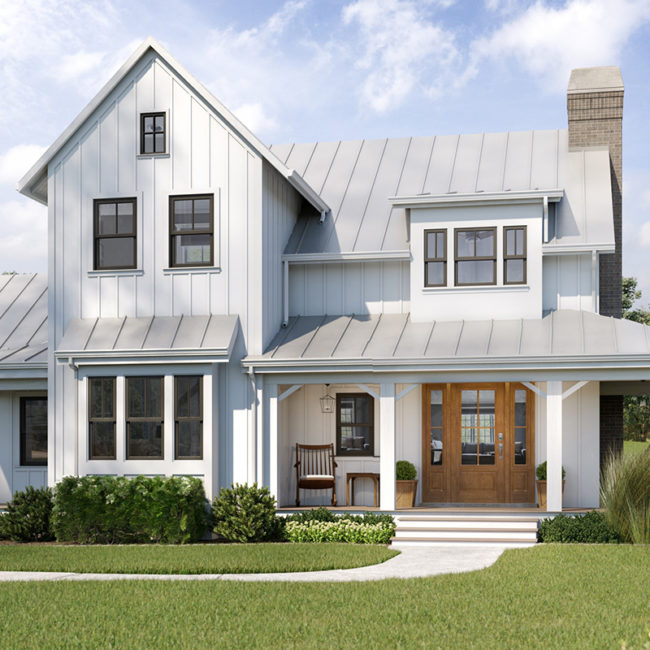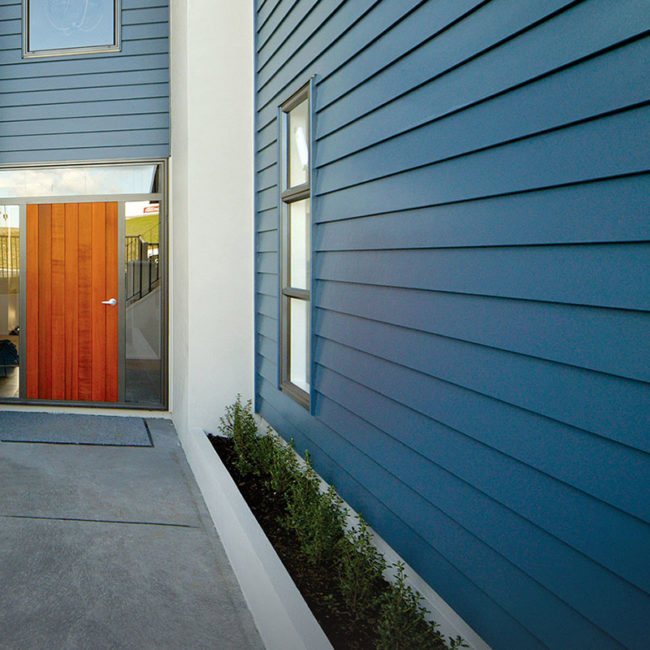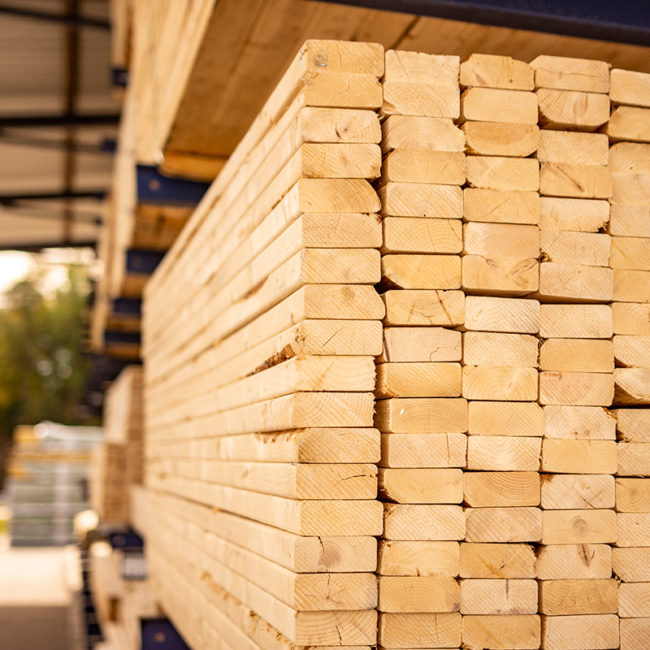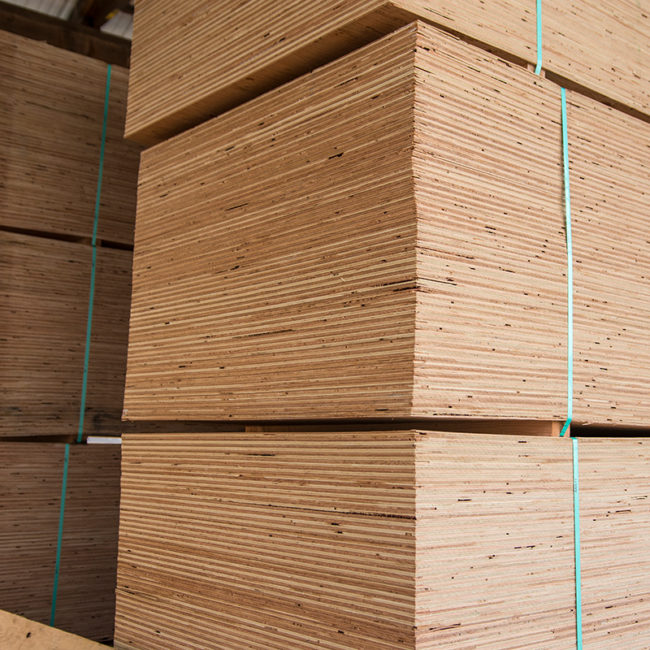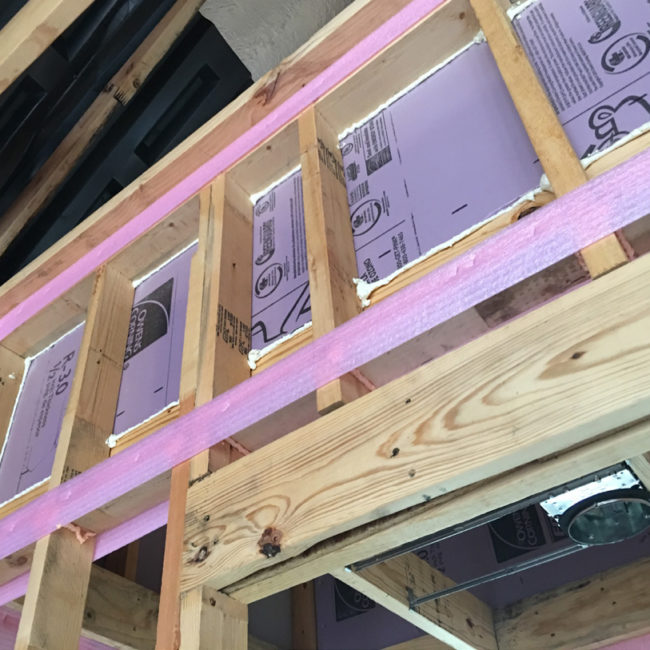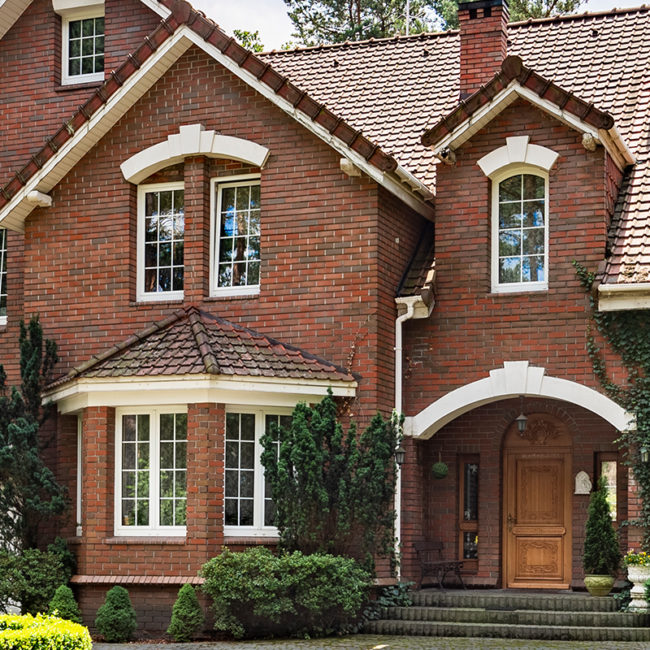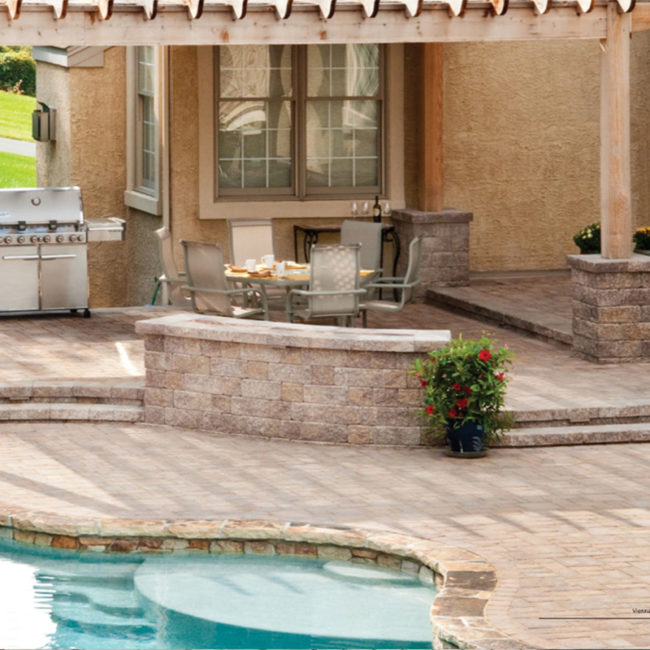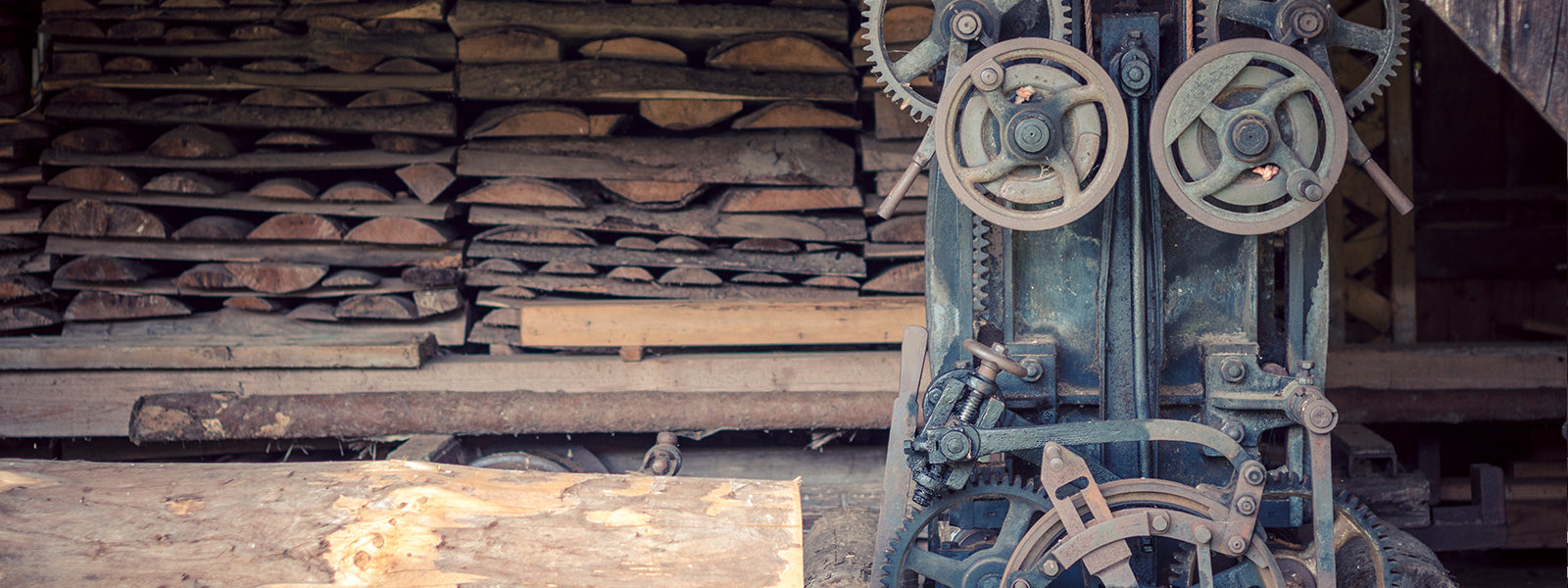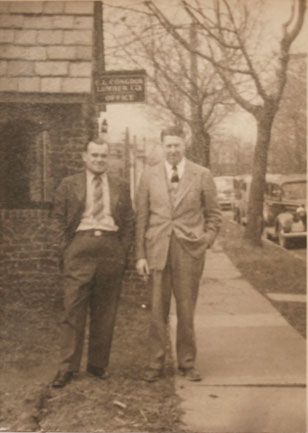 E. Lester Congdon started working at the age of fifteen, after the death of his father, to support his mother and sisters. He started working at the Passaic-Bergan Lumber Company as a laborer. He was a hard worker, and as time went on, he was given more responsibility. In no time he was moved inside to do counter sales. Mr. Peterson, the owner, would have monthly meetings to teach his staff the business. Lester took full advantage of this, and with his increased knowledge of the business and strong work ethic, was promoted to commission road salesman. This was during the roaring twenties; the economy was strong and Essex County was booming. In addition to his lumber carrier he purchased ten building lots, in the “Forest Heights” section of Verona, from one of his customers: the Baltz – Howell Company. Lester partnered with another customer to build the Verona houses, and at the same time he was selling so much lumber that Mr. Peterson took him off commission and put him on salary. Mr. Peterson recognized Lester’s leadership skills and made him Branch Manager of their East Orange yard. The end of the twenties brought the stock market crash, and the Great Depression slowed business down dramatically. All but one of the houses sold. By 1932 Lester to put the house in Bloomfield for sale, and if that sold first they would move to Verona. Bloomfield sold first.
E. Lester Congdon started working at the age of fifteen, after the death of his father, to support his mother and sisters. He started working at the Passaic-Bergan Lumber Company as a laborer. He was a hard worker, and as time went on, he was given more responsibility. In no time he was moved inside to do counter sales. Mr. Peterson, the owner, would have monthly meetings to teach his staff the business. Lester took full advantage of this, and with his increased knowledge of the business and strong work ethic, was promoted to commission road salesman. This was during the roaring twenties; the economy was strong and Essex County was booming. In addition to his lumber carrier he purchased ten building lots, in the “Forest Heights” section of Verona, from one of his customers: the Baltz – Howell Company. Lester partnered with another customer to build the Verona houses, and at the same time he was selling so much lumber that Mr. Peterson took him off commission and put him on salary. Mr. Peterson recognized Lester’s leadership skills and made him Branch Manager of their East Orange yard. The end of the twenties brought the stock market crash, and the Great Depression slowed business down dramatically. All but one of the houses sold. By 1932 Lester to put the house in Bloomfield for sale, and if that sold first they would move to Verona. Bloomfield sold first.
The Passaic Bergen Company made it until 1936 before they were forced to close. Lester was unemployed for more than a year when he met up with someone he knew in the industry, and in 1938 they decided to open a new lumber yard, which is still in business today. The partnership lasted until 1943 when they amicably split, and Lester bought the property that was formally Bloomfield Building Supply (ironically the north-west corner of the Bloomfield Home Depot sits on a piece of this property). This was during World War II, when labor and materials were scarce. Most of his business was for the war effort, supplying crating material for gliders for the Normandy invasion. Lester had to buy whatever lumber was available and cut it to size. The material would be delivered by rail. Lester and his friend Henry “Dip” Diebler would unload the cars by hand. After his wife Grace got the kids off to school, she would take the trolley from Verona and help rip the lumber to size (on the saw we still use today). Henry would deliver it. After they were done for the day, Lester would take the books home and do the paperwork at night.
After the war, building took off–and so did sales. Lester was able to add man-power and equipment, and Henry was made general manager. He hired a bookkeeper, drivers, and laborers; business was good. At one point in the late 1940’s there was a fire that destroyed one of the buildings. Lester calculated the loss at $10,000. In 1950 Lester was given notice that his property was going to be taken for the Garden State Parkway, so it was time to find a new yard. He was able to find the yard of an old competitor two and a half miles away: the John O’Rourke Company* at 17 Park Avenue in West Orange, and in February 1954 the E. L. Congdon Lumber company opened its new doors.
Although the new location was half the size it once was, it was still much bigger than the Bloomfield property, with more yard and warehouse space. The 1950’s brought even more sales, and with the new location on a main road, Lester started marketing to the public, and the business continued to grow. After his son Lester returned home from the Army late in 1954, he joined the company and moved into an apartment above the office with his new family. Lester Jr. focused his attention on sales, spending most of his time on the road. In 1968 Lester’s younger son Richard returned from the Army and joined the company. Richard focused his attention on management. Lester Sr. was active grooming his sons and setting his business up so he could start to enjoy life. He had a house on Cape Cod that he would get away to, but he was always in control. He worked until the day he died in 1977. In 1987 Lester Jr. retired. He died in 2016. Richard retired in 2014 and died in 2018. Lester Jr.’s son Edward started in 1980. Richard’s son Brent joined in 1988 and Seth in 1992. Today we have Edward’s two sons, Eddie and Sean, Brent’s son, Jake, and Seth’s three sons, Seamus, Bruce and Malachy bringing up the fourth generation.
* John O’Rourke Coal and Wood opened in 1890, the yard went between the railroad and Standish Avenue, and from Park to Lakeside Avenues. John O’Rourke built a Victorian house on the corner of Park and Standish Avenues where he lived until his death. His three children lived there until 1973, when it was razed for parking. John O’Rourke died in 1911 and the business was purchased by Edward Balch of Maplewood. Mr. Balch started his business career as a cloak maker in New York. He then moved to New Jersey where he started in development, building 175 homes in Maplewood before purchasing John O’Rourke Coal and Wood Company, in 1911 he incorporated the company as the John O’Rourke Company. A few years later his son Everett joined the company. Mr. Balch was an innovator, in 1916 the O’Rourke company was featured in a national ad for White Trucks that mentioned he had three teams of horses, but now with the white trucks he could expand his territory all the way to the Caldwells. There was also an article in a 1934 nationally published trade journal about how the O’Rourke company spent $4000 to “modernize” a house for display purposes. Mr. Balch also started manufacturing insect screens at O’Rourke, and it became so successful he formed the Orange Screen Company and moved it to its own location in Maplewood. After the death of Edward Balch in 1934 Everett closed the O’Rourke Company to focus on the screen manufacturing company.

